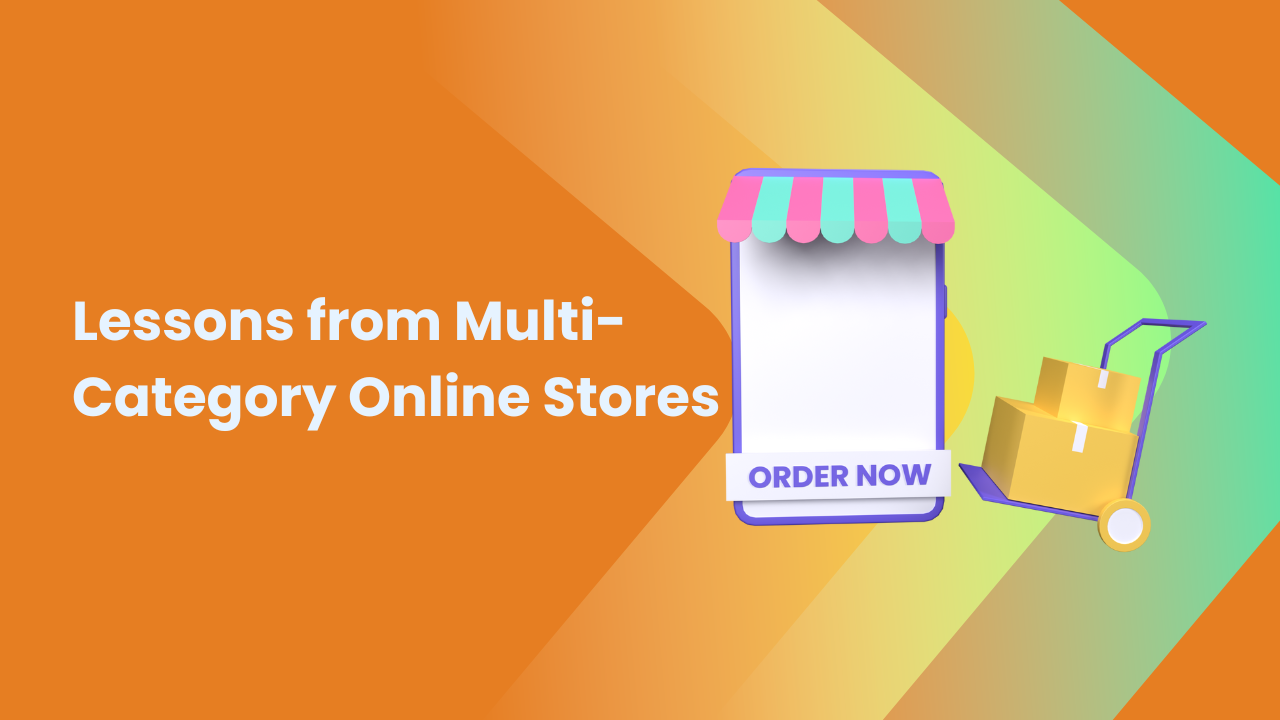Share this Article
Starting an online store in Nepal is an exciting opportunity, especially as e-commerce grows in the region. However, the idea of building a website without technical knowledge may seem intimidating. The good news is that with the right tools and platforms, anyone in Nepal can set up their own online store, regardless of their tech skills. Thanks to user-friendly website builders and platforms, creating an e-commerce website has never been easier.
This article will walk you through how to set up an online store in Nepal without needing any technical knowledge. We’ll focus on Nepali platforms and services, ensuring that you have access to the best tools tailored to your market.
Step 1: Choose the Right E-Commerce Platform in Nepal
The first step to setting up your online store is selecting a platform that suits your business needs. In Nepal, there are several local e-commerce platforms that are designed to help entrepreneurs without any technical background.
Nepali E-Commerce Platforms:
1. EzeeShop: EzeeShop is a Nepali e-commerce platform designed specifically for local businesses. It offers an easy-to-use interface and a range of templates, so you don’t need any coding knowledge. It supports integration with Nepali payment gateways like eSewa, Khalti, and IME Pay, which are popular in Nepal.
2. Fynd: Fynd is another Nepali e-commerce platform that helps you set up an online store with ease. The platform provides a simple drag-and-drop builder that allows you to design your store without needing to learn web development. Fynd also allows you to integrate with local payment systems and provides support in Nepali.
3. Daraz Seller Center: Although primarily known for being a marketplace, Daraz Nepal also allows sellers to set up stores within their platform. This is ideal if you don’t want to invest in a separate website but still want to sell online. Daraz’s Seller Center is user-friendly and enables you to list products, manage orders, and track sales.
4. ShopNepal: ShopNepal offers an affordable solution for Nepali entrepreneurs looking to launch their online store. It’s designed for small to medium-sized businesses and provides templates that you can customize without any coding knowledge. The platform also supports payment gateways like eSewa, making it ideal for local customers.
These platforms are designed to be simple to use, and you don’t need to have any technical skills to get started. By using a local platform, you can ensure that your online store integrates well with the payment and shipping systems used in Nepal.
Step 2: Register a Domain Name
A domain name is your store’s online address (like www.yourstorename.com), and it’s important to choose one that is memorable and relevant to your business.
In Nepal, there are local domain registration services that allow you to choose a domain with a .np extension. The .np domain is an official domain for Nepal and helps establish a local presence, making it easier for Nepali customers to trust your business.
Where to register a domain in Nepal:
- Mercantile Communication: One of Nepal’s leading domain registrars, Mercantile offers domain registration services for both .np and international domain extensions like .com, .net, and .org.
- Nepal Telecom: Nepal Telecom provides a domain registration service where you can buy local domains with the .np extension.
Tips for Choosing a Domain Name:
- Keep it short, simple, and easy to remember.
- Include your business name or a keyword related to what you sell.
- Avoid hyphens or numbers, as they can be confusing.
Once you’ve chosen your domain name, you can register it through your e-commerce platform or a domain registrar like Mercantile or Nepal Telecom.
Step 3: Choose a Template and Customize Your Store
Most Nepali e-commerce platforms like EzeeShop, Fynd, and ShopNepal offer a wide selection of pre-designed templates that are mobile-friendly and easy to customize. These templates are created by designers and are ready to be customized to fit your brand.
Customizing your template:
- Change Colors and Branding: Modify the theme’s colors to reflect your brand’s style. Most platforms offer simple tools to change the color scheme, upload your logo, and adjust the fonts to match your brand’s personality.
- Add Content: You can add text, images, and product descriptions to your website easily. This step doesn’t require coding knowledge. The drag-and-drop editor provided by the platform makes this process very simple.
- Mobile Optimization: Ensure that your template is mobile-responsive. Since many people in Nepal access the internet via smartphones, having a mobile-friendly site is crucial.
Design Tips for Your Store:
- Simple and Clean Layout: A clean and easy-to-navigate layout will help your customers find products quickly.
- High-Quality Images: Use clear and high-quality images to showcase your products. Invest in good lighting and photography to make your products stand out.
- User-Friendly Navigation: Make sure your website’s navigation is intuitive. Include clear categories and a search bar so customers can easily find what they’re looking for.
Step 4: Add Products to Your Store
Now that your store is set up and customized, it’s time to add products. This is a key step in building your online store, as it showcases the products you are selling.
How to add products:
1. Product Name: Give your products clear, descriptive names. Include key details like size, color, or material where applicable.
2. Product Description: Write detailed product descriptions to highlight the features and benefits of the product. Include any important information such as sizes, weight, or how to use it.
3. Product Images: Upload high-quality images of your products.
Multiple images from different angles will help customers get a good idea of what they’re buying.
4. Pricing: Set the price for each product. Be sure to consider your costs, shipping, and other expenses when determining the price.
5. Inventory: Keep track of your inventory. Many platforms allow you to set stock levels for each product to ensure you don’t oversell.
Most Nepali platforms like EzeeShop and Fynd provide easy tools to upload and organize your products, so this process should be straightforward.
Step 5: Set Up Payment Gateways
To accept payments online, you need to integrate a payment gateway into your store. In Nepal, several local payment gateways are available that are popular among Nepali customers.
Popular Payment Gateways in Nepal:
- eSewa: One of Nepal’s most popular payment systems, eSewa allows you to accept payments directly on your website. It’s widely trusted by Nepali customers for online transactions.
- Khalti: Another popular e-wallet service in Nepal, Khalti offers payment integration for online stores. It’s easy to set up and is widely used across the country.
- IME Pay: IME Pay is another popular payment solution in Nepal, offering secure and easy payment options for e-commerce businesses.
Most Nepali e-commerce platforms offer built-in integrations with these local payment gateways, so setting them up is simple. You’ll just need to create an account with your chosen payment provider and follow the integration instructions on your platform.
Step 6: Set Up Shipping and Tax Settings
Shipping and taxes are important considerations for your e-commerce business, especially in Nepal, where logistics and delivery can be challenging.
Shipping in Nepal:
- Many Nepali e-commerce platforms, including EzeeShop and Fynd, allow you to set up shipping rates based on the customer’s location. You can offer flat shipping rates or calculate shipping costs based on the weight of the products.
- If you are selling within Nepal, it’s important to choose a reliable courier service like Nepal Post, Prabhu Money Transfer, or DHL for international shipping.
Taxes in Nepal:
- Nepal imposes a Value Added Tax (VAT) on goods and services. If your business earns more than a certain threshold, you may need to register for VAT and charge it to your customers.
- E-commerce platforms like EzeeShop allow you to easily configure VAT settings for your store, ensuring you comply with local tax regulations.
Step 7: Test Your Store
Before launching your online store, it’s essential to test everything to ensure that your customers have a smooth shopping experience.
- Check Navigation: Test the navigation of your site to ensure everything is easy to find and works properly.
- Place a Test Order: Go through the checkout process and place a test order to make sure the payment gateway, shipping options, and confirmation emails are working correctly.
- Mobile Testing: Ensure your store looks great and functions well on mobile devices, as most Nepali customers use smartphones for shopping.
Step 8: Launch and Promote Your Store
Once everything is tested and ready, it’s time to launch your store. Let your customers know about your new online store through social media platforms like Facebook, Instagram, and Twitter. You can also use Nepali platforms like HamroBazar to advertise your store to a wider audience.
Conclusion
Setting up an online store in Nepal with no technical knowledge is entirely achievable. With the help of local e-commerce platforms like EzeeShop, Fynd, and ShopNepal, creating your online business has never been easier. From domain registration to payment gateway setup, these platforms guide you through every step without needing to learn complex coding.
By following the steps outlined in this guide, you can establish a professional and functional online store that caters to the growing e-commerce market in Nepal. Don’t let the lack of technical skills hold you back—start your online store today and tap into the vast potential of the Nepali market!
Categories:
E-commerce Tips & Tutorials
Tags:
Nocodenepal
,
Onlinestoresetup
,
Startsellingonline
,
Digitalstorenepal
,
Startuptipsnepal







